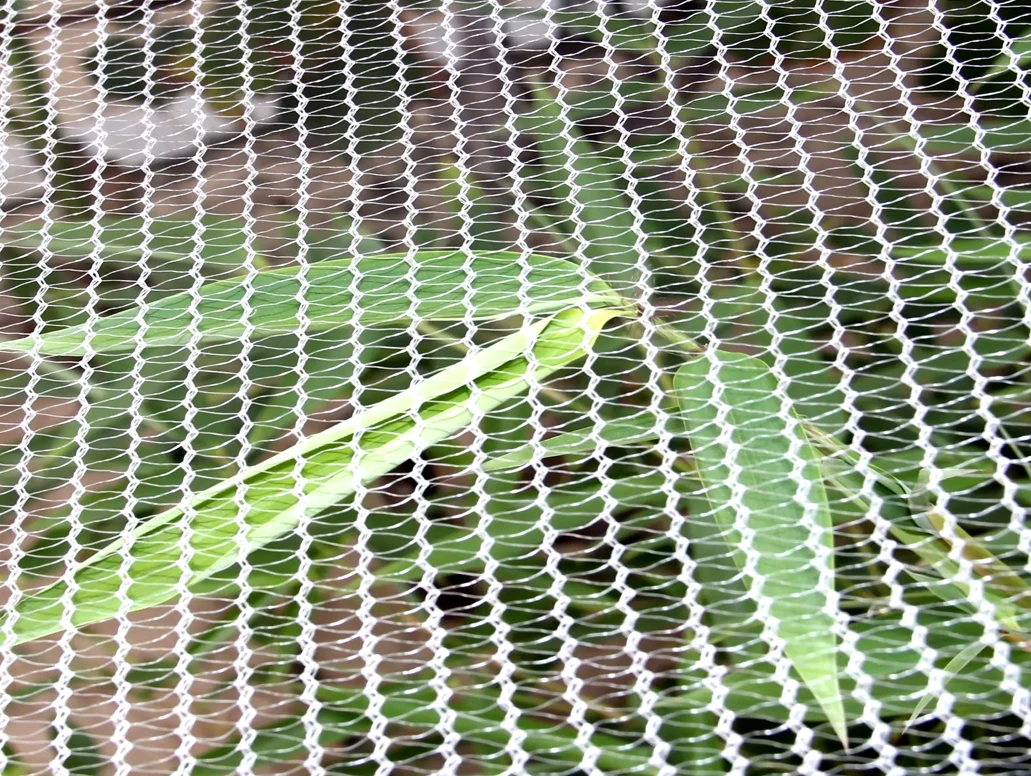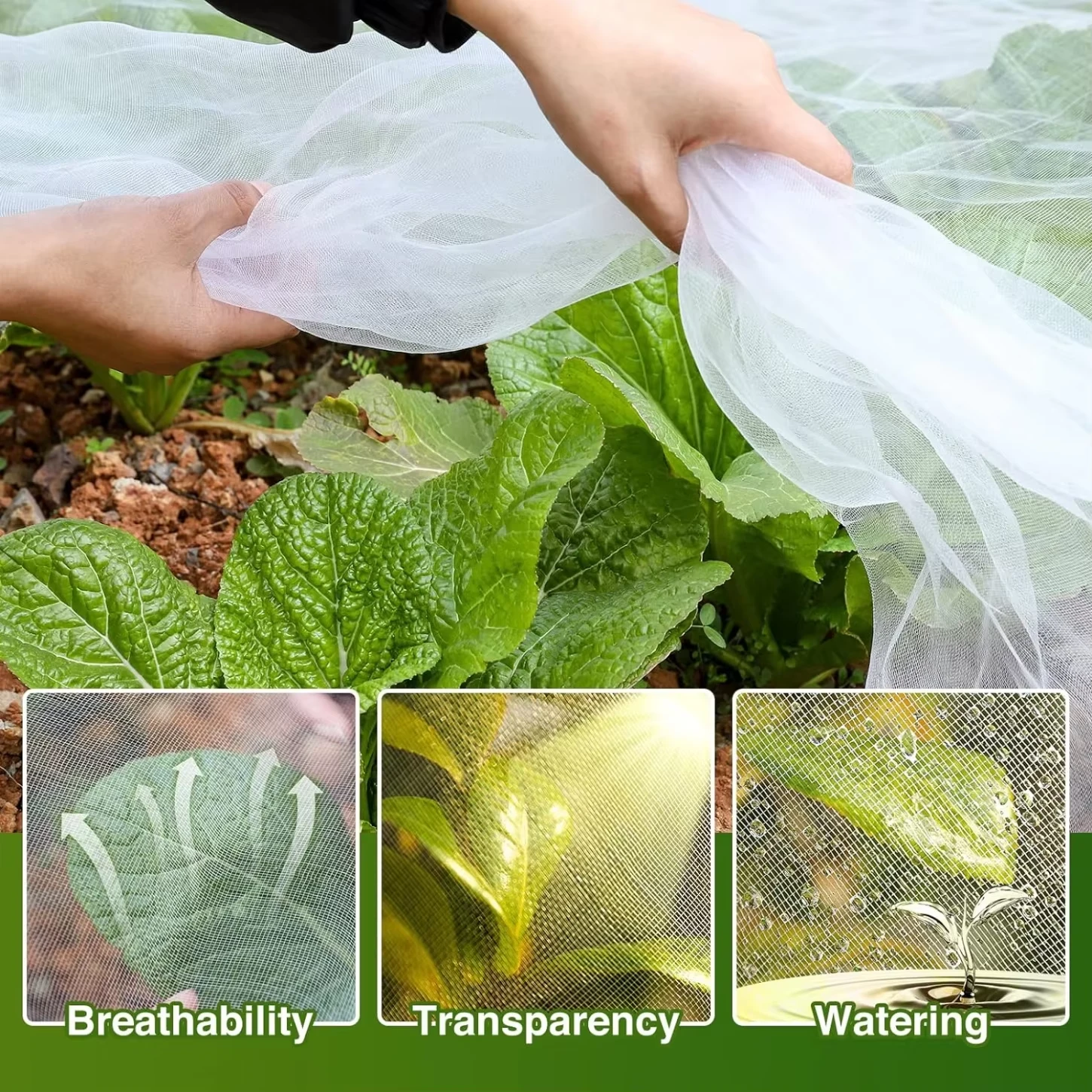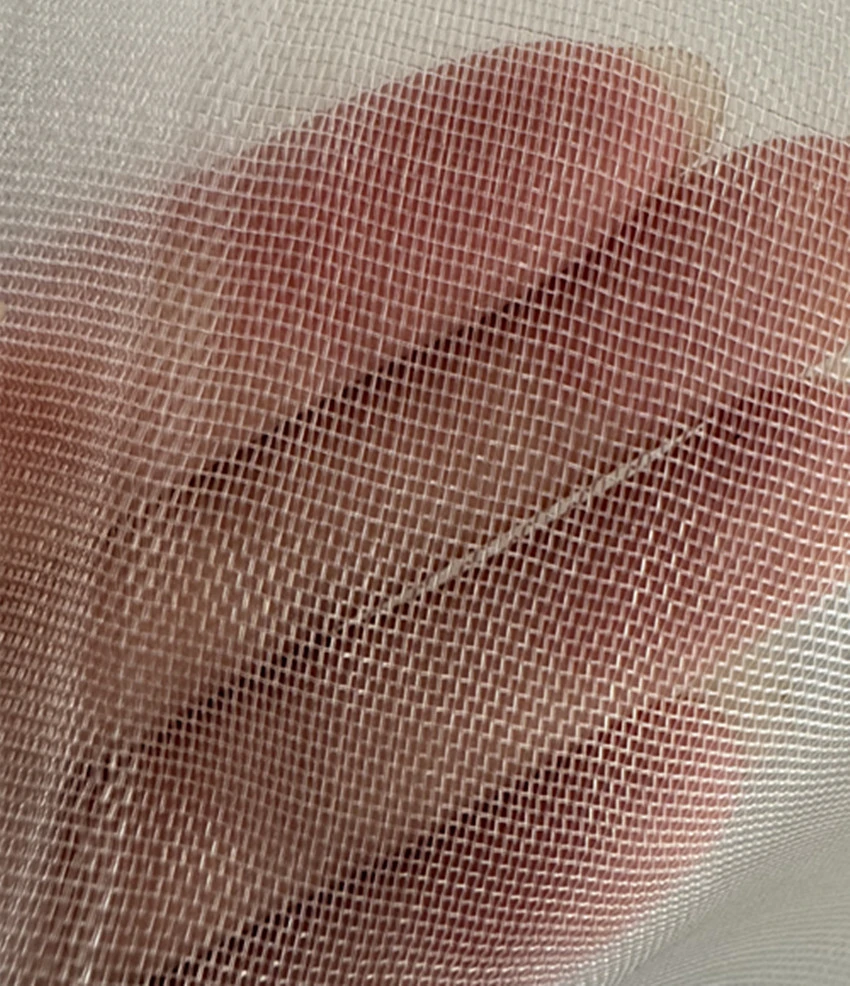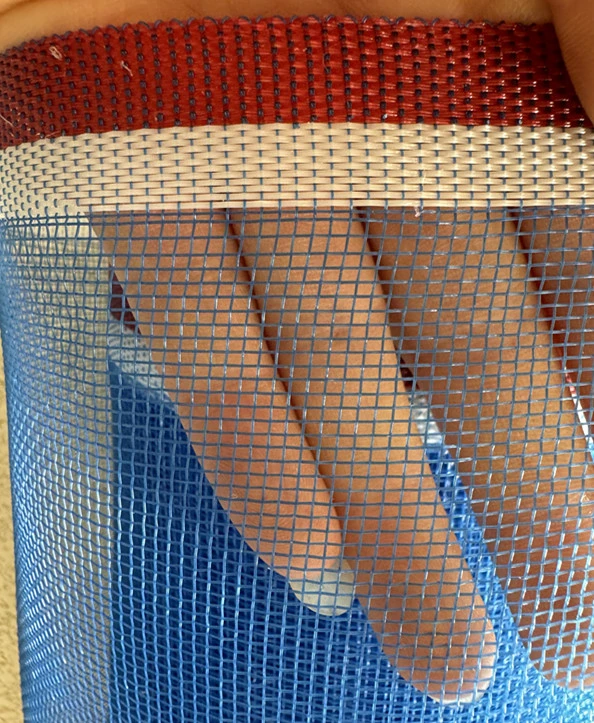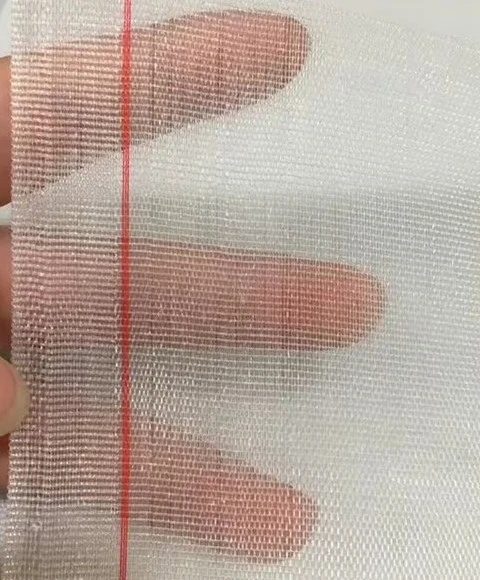-
 Afrikaans
Afrikaans -
 Albanian
Albanian -
 Amharic
Amharic -
 Arabic
Arabic -
 Armenian
Armenian -
 Azerbaijani
Azerbaijani -
 Basque
Basque -
 Belarusian
Belarusian -
 Bengali
Bengali -
 Bosnian
Bosnian -
 Bulgarian
Bulgarian -
 Catalan
Catalan -
 Cebuano
Cebuano -
 China
China -
 Corsican
Corsican -
 Croatian
Croatian -
 Czech
Czech -
 Danish
Danish -
 Dutch
Dutch -
 English
English -
 Esperanto
Esperanto -
 Estonian
Estonian -
 Finnish
Finnish -
 French
French -
 Frisian
Frisian -
 Galician
Galician -
 Georgian
Georgian -
 German
German -
 Greek
Greek -
 Gujarati
Gujarati -
 Haitian Creole
Haitian Creole -
 hausa
hausa -
 hawaiian
hawaiian -
 Hebrew
Hebrew -
 Hindi
Hindi -
 Miao
Miao -
 Hungarian
Hungarian -
 Icelandic
Icelandic -
 igbo
igbo -
 Indonesian
Indonesian -
 irish
irish -
 Italian
Italian -
 Japanese
Japanese -
 Javanese
Javanese -
 Kannada
Kannada -
 kazakh
kazakh -
 Khmer
Khmer -
 Rwandese
Rwandese -
 Korean
Korean -
 Kurdish
Kurdish -
 Kyrgyz
Kyrgyz -
 Lao
Lao -
 Latin
Latin -
 Latvian
Latvian -
 Lithuanian
Lithuanian -
 Luxembourgish
Luxembourgish -
 Macedonian
Macedonian -
 Malgashi
Malgashi -
 Malay
Malay -
 Malayalam
Malayalam -
 Maltese
Maltese -
 Maori
Maori -
 Marathi
Marathi -
 Mongolian
Mongolian -
 Myanmar
Myanmar -
 Nepali
Nepali -
 Norwegian
Norwegian -
 Norwegian
Norwegian -
 Occitan
Occitan -
 Pashto
Pashto -
 Persian
Persian -
 Polish
Polish -
 Portuguese
Portuguese -
 Punjabi
Punjabi -
 Romanian
Romanian -
 Russian
Russian -
 Samoan
Samoan -
 Scottish Gaelic
Scottish Gaelic -
 Serbian
Serbian -
 Sesotho
Sesotho -
 Shona
Shona -
 Sindhi
Sindhi -
 Sinhala
Sinhala -
 Slovak
Slovak -
 Slovenian
Slovenian -
 Somali
Somali -
 Spanish
Spanish -
 Sundanese
Sundanese -
 Swahili
Swahili -
 Swedish
Swedish -
 Tagalog
Tagalog -
 Tajik
Tajik -
 Tamil
Tamil -
 Tatar
Tatar -
 Telugu
Telugu -
 Thai
Thai -
 Turkish
Turkish -
 Turkmen
Turkmen -
 Ukrainian
Ukrainian -
 Urdu
Urdu -
 Uighur
Uighur -
 Uzbek
Uzbek -
 Vietnamese
Vietnamese -
 Welsh
Welsh -
 Bantu
Bantu -
 Yiddish
Yiddish -
 Yoruba
Yoruba -
 Zulu
Zulu
aquatic insect net
The Importance of Aquatic Insect Nets in Freshwater Ecosystems
Aquatic ecosystems are intricate networks of life, comprising various organisms that interact with one another and their environment. Among these organisms, aquatic insects play a pivotal role in maintaining the health and balance of freshwater habitats. To study and understand these insects better, researchers often employ aquatic insect nets, tools that facilitate the capture and examination of these vital creatures. This article explores the significance of aquatic insect nets, their uses in research, and their contribution to conservation efforts.
Aquatic insects, such as mayflies, stoneflies, and caddisflies, inhabit freshwater environments like rivers, lakes, and ponds. They serve as essential indicators of water quality and ecosystem health due to their sensitivity to pollution and habitat disturbances. By studying the diversity and abundance of these insects, scientists can assess the overall condition of aquatic systems. However, collecting them effectively requires specialized tools, which is where aquatic insect nets come into play.
Aquatic insect nets are designed specifically for capturing insects from water bodies. Typically, these nets feature fine mesh material that allows for the filtration of water while trapping the insects inside. The most common types of aquatic insect nets are kick nets, sweep nets, and dip nets. Each type serves a distinct purpose, ranging from sampling insects in flowing water to capturing those in still ponds and wetlands. The choice of net depends on the research objective, the specific habitat, and the insect population being studied.
One of the most critical applications of aquatic insect nets is in biological monitoring
. Collecting data on aquatic insect populations can provide valuable insights into the ecological health of a water body. Researchers often conduct surveys using nets to identify species richness, which helps in detecting the impacts of pollution, habitat destruction, and climate change. For instance, a decline in sensitive species like mayflies can indicate an increase in pollutants such as nitrates or heavy metals, prompting further investigation and potential remediation efforts.aquatic insect net
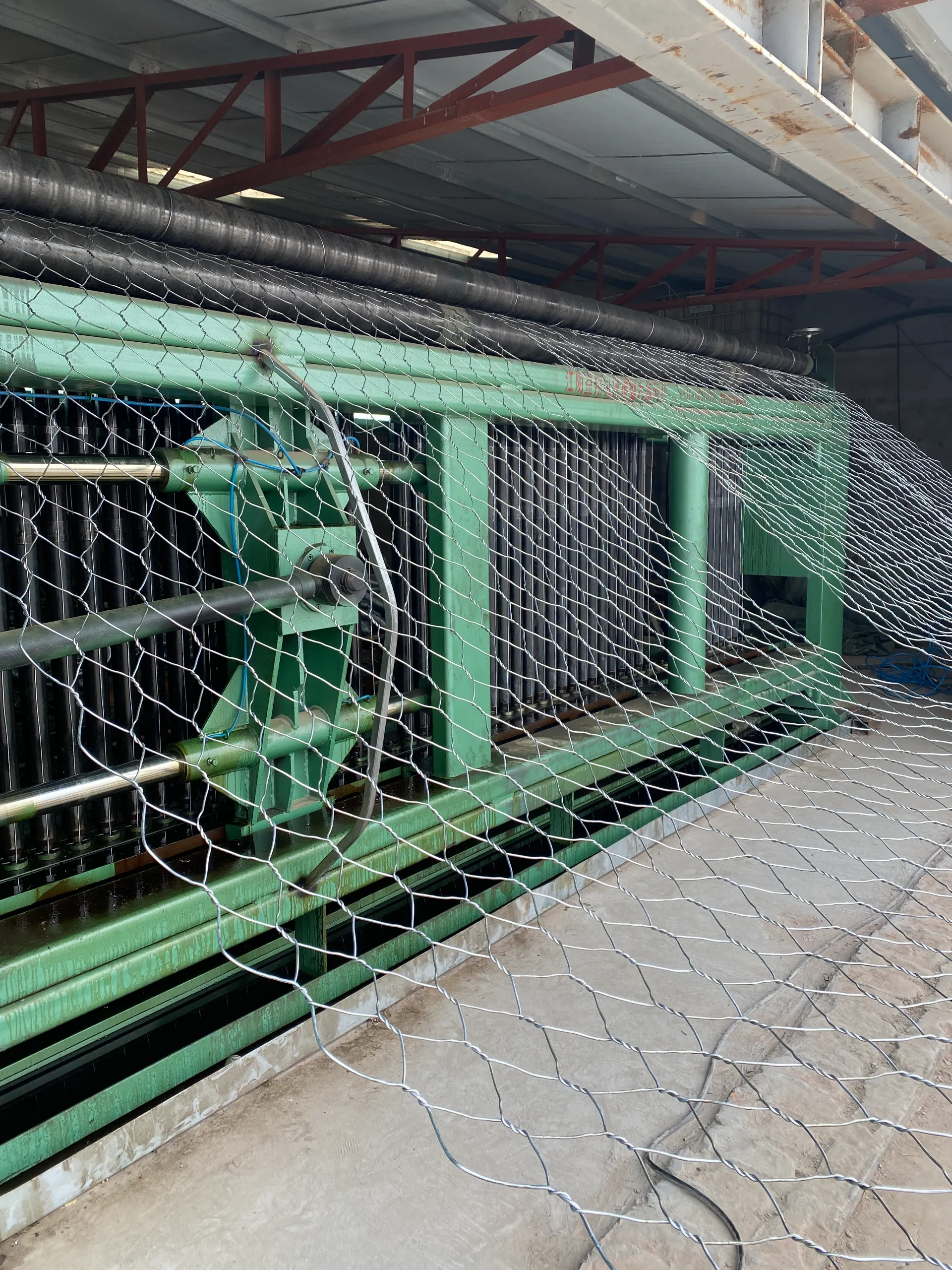
Moreover, these nets are vital tools in educational settings, allowing students and aspiring ecologists to engage in hands-on learning experiences. By using aquatic insect nets in field studies, students can gain first-hand knowledge about biodiversity, the interdependence of species, and the importance of conservation. Such experiences foster a deeper understanding of the ecological significance of insects and inspire future generations to protect fragile aquatic ecosystems.
In addition to their role in research and education, aquatic insect nets also play a crucial part in conservation initiatives. Many regions have implemented monitoring programs aimed at conserving freshwater habitats. These programs rely on the data collected through aquatic insect sampling to develop effective conservation strategies. For example, if a certain habitat exhibits declining insect populations, conservationists can prioritize restoration efforts in that area, focusing on improving water quality and restoring natural habitats.
Furthermore, the data gathered from aquatic insect nets can assist in policy-making and environmental regulations. Governments and organizations often use scientific evidence to establish water quality standards and biodiversity protection laws. By continuously monitoring aquatic insect populations, scientists can provide the necessary data to support legislation aimed at preserving freshwater ecosystems and ensuring sustainable practices in land use and water management.
In conclusion, aquatic insect nets are indispensable tools in the study and conservation of freshwater ecosystems. They enable researchers to collect vital data on aquatic insect populations, assess ecosystem health, and inform conservation efforts. Moreover, they serve as educational resources that inspire greater awareness and understanding of the intricate relationships within aquatic environments. As we continue to confront challenges such as pollution and climate change, the role of aquatic insect nets will be more critical than ever in safeguarding the health of our precious freshwater resources. By focusing on these small yet vital organisms, we can contribute to the broader goal of preserving biodiversity and promoting ecological balance.
-
The Sunshade Net Can Block Ultraviolet RaysNewsAug.11,2025
-
Main Application and Technology of Nylon ScreenNewsAug.11,2025
-
Green Anti UV Sunshade Net: The Perfect Combination of Ecological Friendliness and Practical PerformanceNewsAug.11,2025
-
Explore the Sunshade NetNewsAug.11,2025
-
Application and Development of Nylon Screen in Fuel Processing and TreatmentNewsAug.11,2025
-
Application and Advantages of Nylon Screen for AquacultureNewsAug.11,2025




